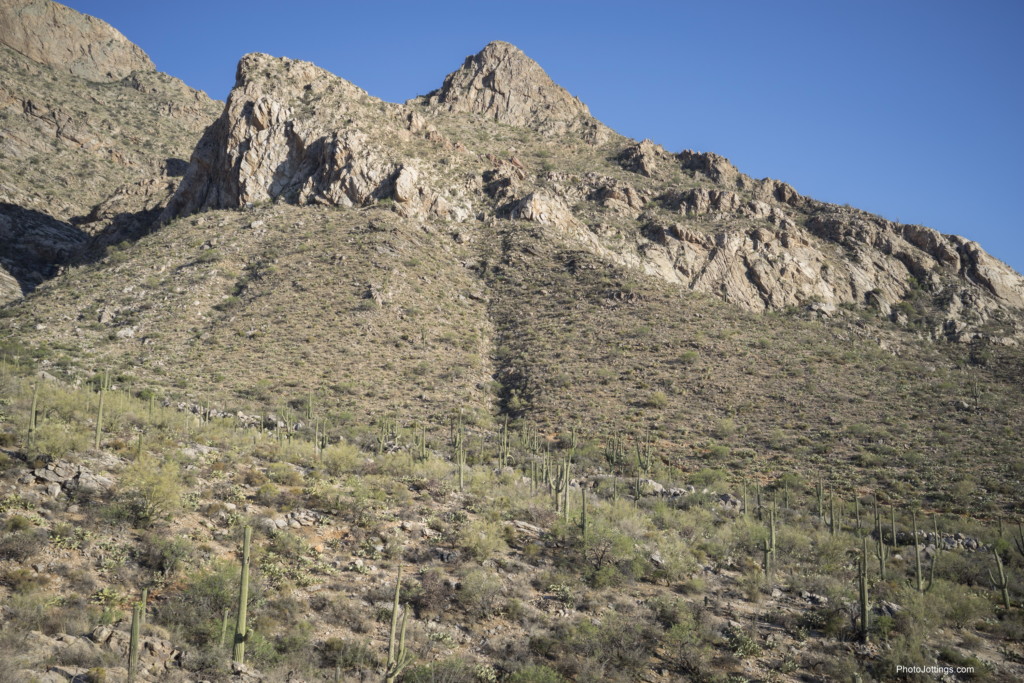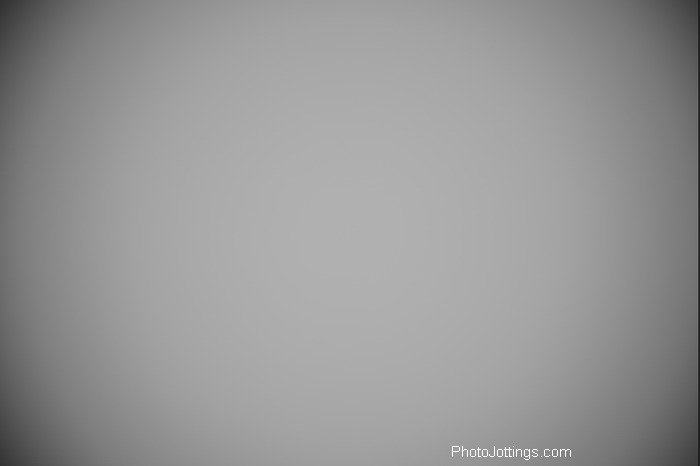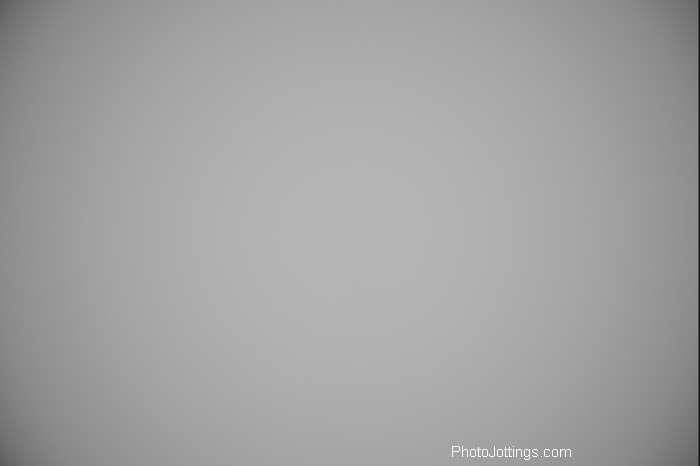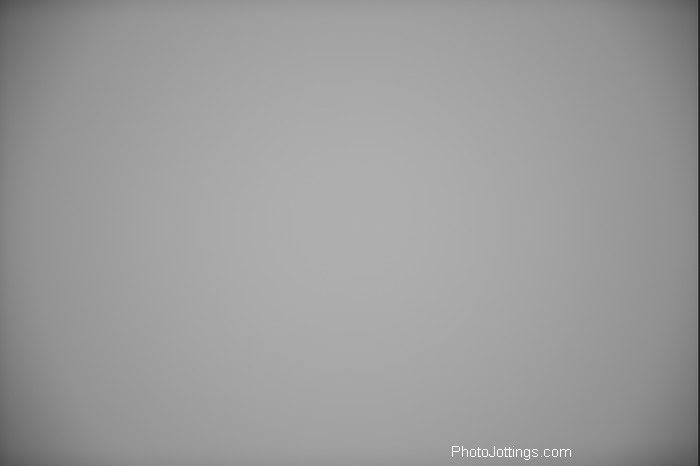The Sony FE 24-70mm F/4 ZA is the first constant aperture zoom lens for use with Sony’s new full frame ‘E’ system, (formerly called NEX that used only APS-C sized sensors). It’s small and light-weight when compared to the one stop faster Sony FE 24-70mm F/2.8 GM. Sony included OSS or optical stabilization on this lens, which really helps out in low light conditions. You can turn OSS on or off in the menu system, unfortunately, there is no switch on the outside of the lens. Missing are some focus hold buttons that could be customizable, oh well.
Fit and finish are very good. The lens appears to be clad in metal and high quality plastic with a metal mount. There is a ribbed grip around the focus and zoom rings. Sony claims the use of five aspherical elements in the design, plus an ‘ED’ element. Zeiss T* coatings. Lens is made in Thailand.
Filter size is 67mm, and is so far the only full frame ‘E’ lens that uses this size, although it’s used also on the smaller APS-C Sony 18-200mm. I’d stay away from super expensive Sony filters and cheap ‘general brand’ filters. I’ve had great luck with Tiffen and Hoya; they’re priced appropriately, and are the only brands I use now.
Focusing. This lens auto-focuses quickly and mostly accurately, and has a very quiet linear focusing motor so it can be used for video. The front filter ring doesn’t turn when focusing, so your polarizers and grads will work great. The focusing ring is very easy to turn, and is not damped properly in my opinion, just holding the lens and lightly touching the focus ring can blow the shot. Also, manual focusing at the long end requires very precise movements, sometimes it’s hard to set it at the perfect spot.
Zoom. Zooming is smooth, and requires less than a quarter turn from 24mm to 70mm. When set to exactly 35mm, the exif data will read 34mm until turned well past the mark; same for 50mm, it will read 51mm. This is not a big deal, I’m just pointing it out.
In the box is the lens, front and rear caps, a black vinyl bag and a plastic petal type hood.
check out the product shots below. Sorry for the crappy shots; I used this lens for a couple of months before I reviewed it, and it’s pretty dirty and hard to clean up.
Specifications
| Official lens name and code | Sony Vario-Tessar FE 24-70mm F/4 ZA T* SEL2470Z |
| Box contents | Front cap, rear cap, black vinyl bag, plastic petal type hood and user’s manual. |
| Cost | $1199 as of 3/14. |
| Build Quality | very good. |
| Additional information | This model is made for Sony ‘E’ mount cameras, and won’t work on ‘A’ mount cameras as of this review. |
| Optical configuration | 12 elements in 10 groups. |
| Angle of view | at 24mm; 84° diagonally, 74° horizontally, and 53° vertically. At 70mm; 29° diagonally, 34° horizontally and 19° vertically. |
| Aperture | 7 blades, curved |
| Coverage for | Sony E mount 24x36mm sensor. When mounted to an APS-C camera, the focal length is equivalent to 36-105mm in 135 film format. |
| Depth of field and focus scales | nothing. |
| Minimum focus, image plane to subject | About 14.25″ (362mm). |
| Minimum focus, end of lens barrel to subject | About 8-5/8″ (218mm) from front of lens barrel, no hood. |
| Infinity focus hard stop | No. |
| Length changes when focusing | No. |
| Focus ring turn in AF | No. |
| Filter size | 67mm filter. |
| Filter ring rotates | No. |
| Maximum reproduction ratio | 1:5.1 or 0.20x. |
| Minimum F/stop | F/22 |
| Sony Teleconverter compatible | No. |
| Length changes when zooming | Yes |
| Dimensions WxL | 2.87″ x 3.71″ 73mm x 94mm. |
| Maximum extended length | 4.9″ 125mm. |
| Weight | 14.9oz, (423g) bare. |
Optical qualities summary.
| Lens flare/ghosting | overall, good control. |
| Light fall-off | good control at all apertures and focal lengths. |
| Color fringing | average control of lateral type at wide angle, but almost nothing at longer focal lengths. Very minor axial type at F/4. |
| Bokeh | Somewhat harsh at all focal lengths and apertures. |
| Color | seems about the same as other Sony lenses. |
| Close-up filter | not tested |
| Coma | basically none. |
| Regular filters | probably cause no noticeable additional light fall-off, see vignetting below. |
| Filter size | 67mm. An oddball size, not used much in Sony’s world. |
| Distortion | Very strong through most of the zoom range. |
Miscellaneous samples.
This first image is the US stamp from the old site, measuring 0.87″x 1.0″ or 22mm x 25mm. The Sony FE 24-70mm has a reproduction ratio of 1:5, which is typical for a zoom lens in this class. The shot is pretty sharp at F/11, but is quite soft at F/4-5.6.
The second image shows the distortion at each indicated focal length. It has strong distortion patterns at most settings. Sony is relying on in camera distortion control. Don’t worry about this if you shoot with jpegs with all the corrections on; or for landscape shots with no straight lines near the image edges.
The next four shots are flare and ghosting samples. This lens handles the sun quite well. The shots below are with the sun inside the frame, and with the exposures cranked up a bit; this is the worst I could come up with.
The last shot is a good example of lateral color fringing, it looks rather strong here, but I picked out the one that I thought best illustrated the issue.
Light fall-off.
Light fall-off is well controlled; I tested 24mm, 35mm, and 70mm at F/4, F/5.6 and F/8. I see slightly dark corners at 24mm, F/4, but it’s not something to worry about. I do not have a 67mm filter, so I wasn’t able to test for additional light fall-off when using a filter, however, I doubt it will matter even when using a thick type filter such as a polarizer etc.
Bokeh
Bokeh or the character of out of focus highlight blur is somewhat harsh at all focal lengths and apertures. It has obvious signs of aspheric element use, as concentric (onion) rings are visible especially towards the wide end if you view your images at their maximum size, at smaller sizes, it can look smooth. As always, if your subject is very close to the lens, and the background is well off in the distance, everything is blurred away, but that’s not ‘bokeh’ it’s simply background blur.
24mm resolution samples.
Feel free to download these for your personal inspection. Crop them or toggle between the images to see how sharpness changes between aperture settings.
In this Tucson, AZ ski scene, everything is in focus except for the tree branches on the upper left. I see some soft sides at all apertures, but not really any bettor or worse than other wide angle lenses from Sony. The sharpest aperture for the centers and corners is F/5.6, there are no gains in stopping down the aperture to F/8 or smaller except for depth of field issues.

Click button for full size image.
35mm resolution samples.
Our 35mm samples show part of Pusch Ridge in Tucson, AZ. Everything is in focus. This sides are still soft, again, nothing is gained by stopping down past F/5.6.

Click button for full size image.
50mm resolution samples.
The 50mm samples are from the Catalina mountains north of Tucson, AZ. I see some sharp centers and sides at all apertures except F/16, and that’s due to diffraction.

Click button for full size image.
70mm resolution samples.
This is the same scene as the 24mm samples. The centers are sharp at F/4, with the sides looking good at F/5.6. I almost over-exposed this set, and made some minor highlight adjustments.

Click button for full size image.
Conclusion.
Overall, the Sony 24-70mm F/4 lens does a pretty good job. Good points include low light fall-off at all focal lengths, flare and ghosting are well controlled, color fringing is well controlled at all but the widest zoom settings; it’s pretty small and light weight, and is impressive at F/4 at all focal lengths. It’s basically maxed out in center sharpness at F/4, and at F/5.6 along the sides. It would make a nice walk around lens, especially in lower light conditions.
There are a couple of disappointments, such as the strong distortion through most of the zoom range, but as I said earlier, Sony decided to correct this in-camera, not in-lens, that sucks for RAW shooters. Also, the sides at wider focal lengths are a little soft. Bokeh is not smooth at any focal length, it reminds me of a cheap kit type lens, that’s the price of having a bunch of aspheric elements in the design, although they help out with coma and contrast along the sides.
The Sony 24-70mm F/4 is very similar to the Sony 16-50mm F/2.8 lens I reviewed here. I was impressed with that lens at longer focal lengths, and that’s what I like about the 24-70mm.
My camera/lens combo seemed to focus properly over the whole zoom range and at all focusing distances, just be careful in close quarters at wide apertures, then focusing can be tricky, but that’s true of all lenses.
Some changes I’d like to see in version II is at least one customizable button such as a focus hold that can be changed to DOF preview or OSS on or off.
All in all, a good solid lens. I bought this lens because I was hired for a couple of photo shoots that required a medium zoom lens, and this one met my demands; luckily, as it was the only one available except for the kit lens! I’ve switched to Sony FE for almost all my photography jobs, but continue to have to use the APS-C sensor lenses until Sony releases more full frame lenses that I need.
Update, the Sony FE 24-70mm F/2.8 GM, is a substantially better lens if size, weight and price are not a problem.
Check out the Sony FE 24-70mm F/4 ZA lens and help support the site! Thanks!























































